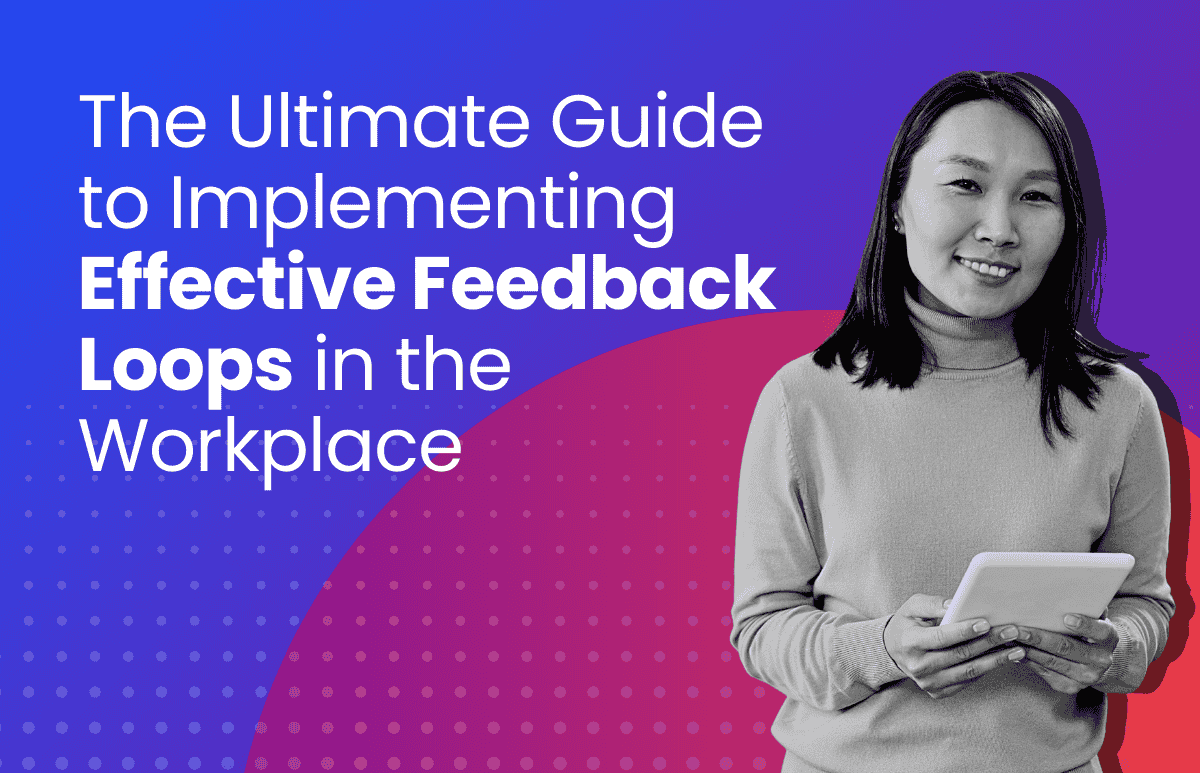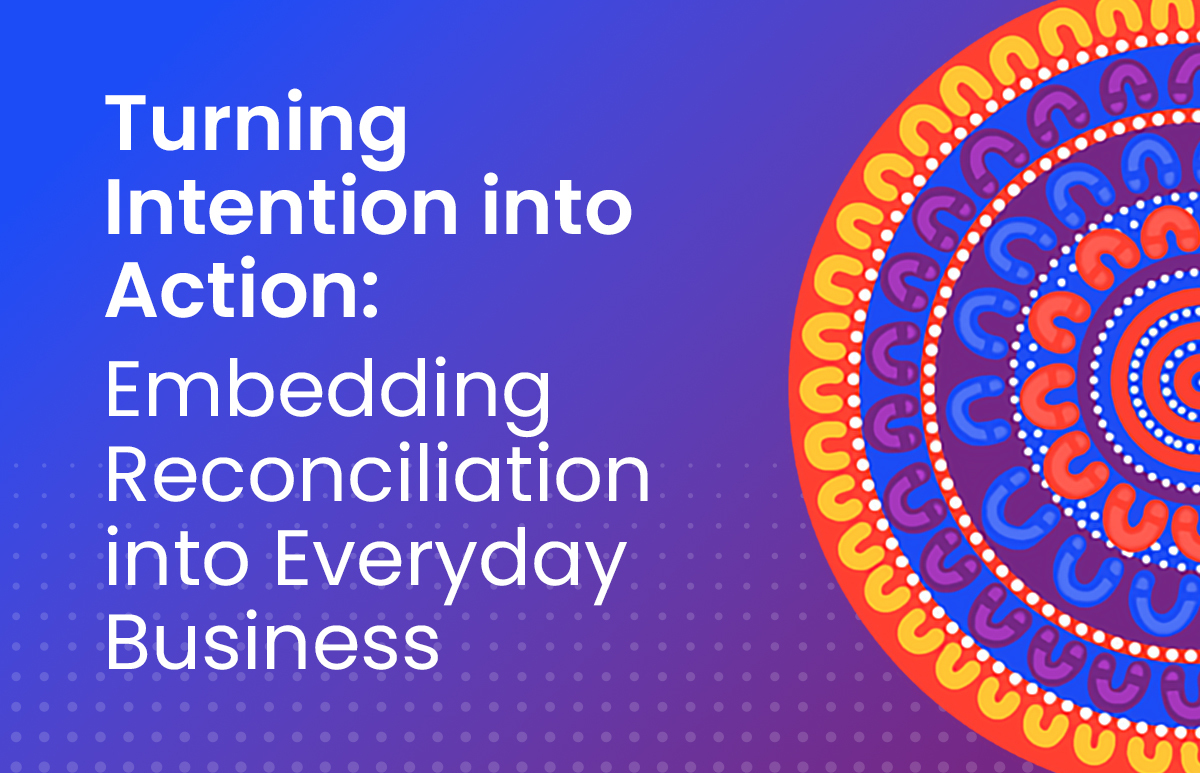What is the Performance Management Process? Everything You Need to Know

Performance management is a staple of every manager’s role but there’s a new question facing leaders: What does the performance management process look like in a post-pandemic workplace?
No longer a yearly ‘set and forget’, the move towards a continuous performance management process plays a crucial role in the ecosystem of a thriving, healthy workplace. In this blog, we’ll explore the fundamentals of a performance management process to help you get the basics right.
What is a performance management process?
First, let’s strip it back to the bare bones. A performance management process is the way in which an organisation sets, measures, reviews, and rewards the standard of work or outcomes expected from employees. It’s a cyclical process between employee and manager, set over a certain period of time.
The main aim is to assess an individual’s performance, align their efforts with the organisational strategy and measure their contribution to the business. But beyond its most basic function, performance management is also intrinsically linked with employee engagement, retention, and productivity – all the ingredients a business needs to thrive. In a time of heightened job hopping, HR leaders cannot afford to let performance management fall by the wayside.
While the definition of the process may be the same for most organisations around the world, how they go about measuring performance varies hugely. From team goals to a focus on individual performance, quantifying what a job well done looks like is specific to each and every business.
Understanding performance management terms
KPIs (key performance indicators):
Refers to a quantifiable measure of performance over a specific time. E.g Securing 10 new customers over the next quarter.
OKRs (objectives and key results):
This tends to be used by teams or departments and refers to more long-term, ambitious goals. E.g Increasing revenue generated by the sales team by X amount over FY22.
SMART goals:
A useful framework for managers and employees to develop goals that are specific, measurable, achievable, relevant, and time-bound.
360-degree feedback:
A process involving feedback from multiple sources, such as colleagues, customers, and other relevant stakeholders.
Read more: How to Develop Effective OKRs (objectives and key results)
Why is the performance management process important?
Simply put, performance management ensures that what employees are doing day to day contributes to the organisational-wide goals, and without it, most employees would be directionless. But don’t forget, an effective process is about more than the tasks at hand.
The war for talent shows no sign of slowing down and HR teams are preparing for even more recruitment activity. As most people leaders know all too well, recruitment is more expensive that retention – especially at a time when certain skills are in high demand.
That’s why a well-developed performance management process is crucial. Employees need to feel they’re moving towards a goal and achieving something tangible to remain engaged in their work. Otherwise they’re left asking themselves: What’s the point?
The benefits of performance management
A well-designed performance management process offers many benefits to a business, including:
- Setting clear and transparent goals
- Keeping employees on track to reach their goals or KPIs
- Helping to maintain a sense of engagement
- Strengthening the link between good work and reward
On the flip side, performance management is also crucial in managing employees who are not meeting the right standards. Without a fair process, employers who fire an underperforming team member could find themselves facing an unfair dismissal claim.
As Australia’s Fair Work Commission states, employers should usually give employees a chance to fix any performance issues before terminating their employment. Communicating clearly about what is expected, the process for improving performance, and the consequences, is therefore a no-brainer.
The best questions to ask employees during a performance review
These questions help to gain insight into an employee’s engagement level, the enjoyment of their role, and their perception of themselves within the organisation.
- Which goals or aims have you achieved since the last review? What challenges or hurdles have you experienced?
- What are you most proud of since the last review? E.g a project, interaction, or outcome
- What do you enjoy most about your job and what aspects do you struggle with?
- Which skills have you used most and how do you hope to develop your skills in the next 6 months / year?
- How have you contributed to the department or company’s OKRs / KPIs?
- What have you learnt and what do you hope to learn in the next 6 months / year?
The four steps of a performance management process
Planning:
This is an opportunity to discuss both the individual goals an employee hopes to achieve, and the necessary organisational aims over a set period. Make this a collaborative process, hashing out a set of SMART goals and the next steps to achieve them.
Monitoring:
An essential element of a continuous feedback process, it’s important to regularly check in with employees and see how they’re tracking. This doesn’t have to be a formal sit-down meeting, but simply an opportunity to offer constructive feedback, discuss any hurdles, and offer support.
Reviewing:
Did employees hit their goals and if not, why not? What worked well, and what could be improved? These are the types of questions to ask during the review stage.
Rewarding:
Building trust in performance management is all about following through with any rewards set out at the start of the process. Avoid relegating reward and recognition to a once-a-year event, and instead incorporate it into your continuous performance management cycle.
Technology and the performance management process
In today’s workplace, technology and performance management go hand-in-hand. Using tech to set, measure, and track performance means the process is consistent across the business, transparent for both employees and managers, and is accessible from anywhere.
Read more: How to choose the best performance management system
The benefits of performance management software include a more streamlined and user-friendly process, less time spent carrying out reviews, higher feedback completion rates and greater visibility for managers, employees and HR. Not only will stakeholders feel more engaged in the overall process, but they’re more likely to achieve their goals. That can result in a lift in productivity, and therefore, profit.
But not all performance management tools are created equal. These are the key features to look out for:
- Automated notifications, signs offs, and approvals. Automation takes the hassle out of the process for HR – no more chasing!
- Configurable workflows: Customise your performance appraisals depending on your organisation’s unique requirements
- Team view and reporting for managers: Access direct and indirect reports to view the status of appraisals
- Real time data: Generate reports to compare performance outcomes
ELMO Performance Management streamlines the employee appraisal process by offering a range of pre-built goals settings and development opportunities objectives, provides 360 reviews that assist in the development of a performance culture that reduces employee turnover. Its features include tailored performance appraisals, automated workflows, and custom reporting functionalities.
ELMO Software is a cloud-based solution that helps thousands of organisations across Australia, New Zealand and the United Kingdom to effectively manage their people, process and pay. ELMO solutions span the entire employee lifecycle from ‘hire to retire’. They can be used together or stand-alone, and are configurable according to an organisation’s unique processes and workflows. Automate and streamline your operations to reduce costs, increase efficiency and bolster productivity. For further information, contact us.
 HR Core
HR Core 









